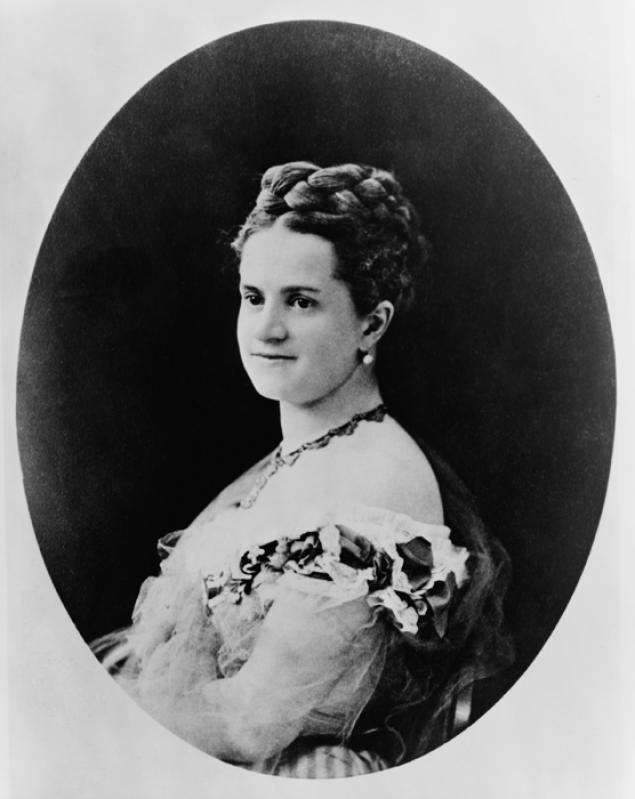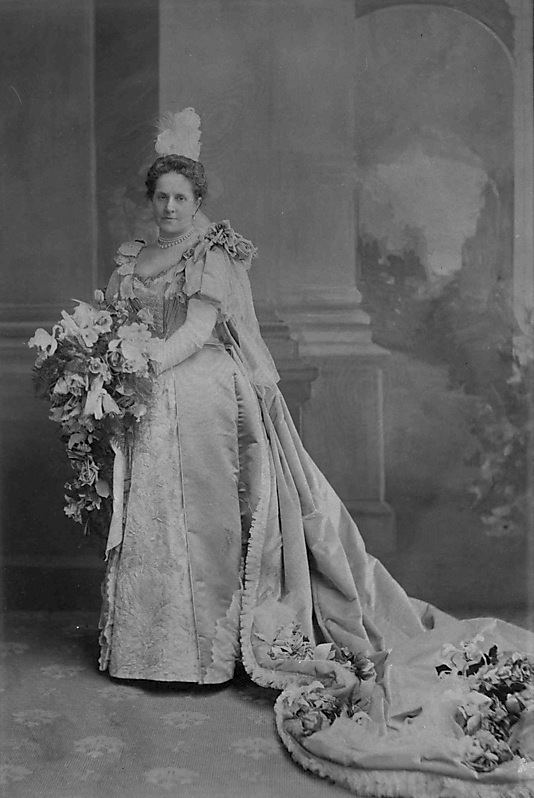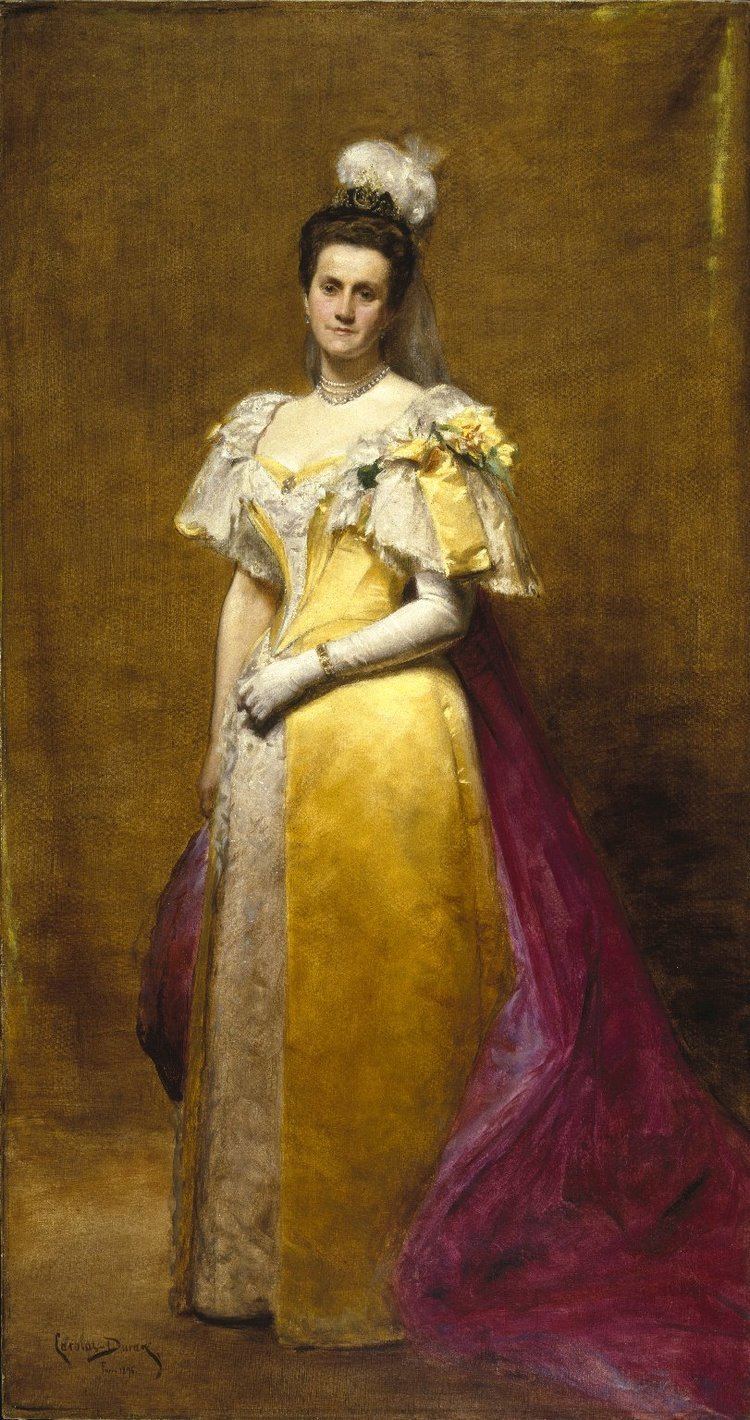Name Emily Roebling Siblings Gouverneur K. Warren | ||
 | ||
Similar People Washington Roebling, John A Roebling, Gouverneur K Warren | ||
Emily warren roebling read by patricia galloway
Emily Warren Roebling (September 23, 1843 – February 28, 1903) was married to Washington Roebling, a civil engineer who was Chief Engineer during the construction of the Brooklyn Bridge. She is best known for her contribution to the completion of the Brooklyn Bridge after her husband developed caisson disease.
Contents
- Emily warren roebling read by patricia galloway
- Opening the Way Emily Warren Roebling Stop 3
- Childhood
- The Roeblings
- The Brooklyn Bridge
- After the Bridge
- References

Opening the Way: Emily Warren Roebling (Stop #3)
Childhood
Emily was born to Sylvanus and Phebe Warren at Cold Spring, New York on September 23, 1843. She was the second youngest of twelve children. Emily’s interest in pursuing education was supported by her older brother Gouverneur K. Warren. The two siblings always held a close relationship.
The Roeblings

In 1864, during the American Civil War, Emily visited her brother, then commanding the Fifth Army Corps, at his headquarters. During the visit, she became acquainted with Washington Roebling, the son of Brooklyn Bridge designer John A. Roebling, who was a civil engineer serving on Gouverneur Warren's staff. Emily and Washington immediately fell in love and on January 18, 1865, the two were married.
As John Roebling was starting his work on the Brooklyn Bridge, the newlyweds went to Europe to study the use of caissons for the bridge. In November 1867, Emily gave birth to the couple's only child, John A. Roebling II .
The Brooklyn Bridge
On their return from their European studies, Emily and Washington were greeted with a turn of fate; Washington's father died of tetanus, and Washington immediately took charge of the Brooklyn Bridge's construction. As he immersed himself in the project, Washington developed caisson disease, which affected him so badly that he became bed-ridden. It was at this point that Emily stepped in as the "first woman field engineer" and saw out the completion of the Brooklyn Bridge.
As the only person to visit her husband during his sickness, Emily was to relay information from Washington to his assistants and report the progress of work on the bridge. She developed an extensive knowledge of strength of materials, stress analysis, cable construction, and calculating catenary curves through Washington's teachings. Emily's knowledge was complemented by her prior interest in and study of the bridge's construction upon her husband's appointment to Chief Engineer. For the next fourteen years, Emily's dedication to the completion of the Brooklyn Bridge was unyielding. She took over much of the chief engineer's duties, including day-to-day supervision and project management. Emily and her husband jointly planned the bridge's continued construction. She dealt with politicians, competing engineers, and all those associated with the work on the bridge to the point where people believed she was behind the bridge's design.
In 1882, Washington's title of chief engineer was in jeopardy due to his sickness. In order to allow him to retain his title, Emily went to gatherings of engineers and politicians to defend her husband. To the Roeblings' relief, the politicians responded well to Emily's speeches and Washington was permitted to remain Chief Engineer of the Brooklyn Bridge.
With Washington still Chief Engineer, the Brooklyn Bridge was finally completed in 1883. In advance of the official opening, carrying a rooster as a sign of victory, Emily Roebling was the first to cross the bridge by carriage. At the opening ceremony, Emily was honored in a speech by Abram Stevens Hewitt who said at the bridge was
...an everlasting monument to the sacrificing devotion of a woman and of her capacity for that higher education from which she has been too long disbarred.
Today the Brooklyn Bridge holds a plaque dedicated to the memory of Emily, her husband, and her father-in-law.
After the Bridge
After the completion of the Brooklyn Bridge, the Roebling family moved to Trenton, New Jersey. There, Emily participated in social organizations such as the Relief Society during the Spanish–American War and served on the Board of Lady Managers for New Jersey at the World's Columbian Exposition. She travelled widely—in 1896 she was presented to Queen Victoria and she was in Russia for the coronation of Tsar Nicholas II. She also continued her education and received a law degree from New York University. Until her death on February 28, 1903, she spent her remaining time with her family and kept socially and mentally active.
